
A steel furnace in Germany - Photo: REUTERS
On October 7, the European Union (EU) announced a proposal to double import tariffs on steel from countries outside the bloc, aiming to protect the industry that is facing difficulties under pressure from cheap steel from China.
EU steel mills are currently operating at just 67% capacity, and new measures announced aim to raise this to around 80%.
The decision was called "the re-industrialisation of Europe" by EU Industry Commissioner Stephane Sejourne, with tariffs of up to 50% on steel exceeding quotas, and a halving of the amount of steel allowed to be imported duty-free, AFP news agency reported.
The EU's strategy is said to "follow" the move that US President Donald Trump once made, when he imposed a 50% tax on Chinese steel - a country that accounts for more than half of global steel production. Canada also applied a similar policy to protect its domestic steel industry.
If approved by member states and the EU Parliament, the proposal would replace the current protectionist mechanism.
EU steel is protected by a quota system covering 26 types of steel, with a 25% tariff on excess quantities. However, imports have been rising steadily every year despite falling demand, and under World Trade Organization (WTO) rules, these quotas are due to expire in mid-2026.
“The European steel industry is on the brink of collapse. So we need to protect it so we can invest, reduce emissions and become competitive again,” said Mr. Sejourne.
Under the new proposal, the duty-free import quota would be reduced to 18.3 million tonnes per year, down 47% from the 2024 quota.
The proposal also aims to work with the US to tackle China’s steel overcapacity. The EU and the US have been negotiating import quotas for steel and aluminium, with the aim of protecting domestic markets from cheap supplies.
Figures show that the European steel industry is lagging behind global giants: in 2024, China will produce more than 1 billion tons of steel, India 149 million tons, the US 79 million tons, while Germany will only produce 37 million tons and France less than 11 million tons.
The steel industry is a key pillar of the EU's energy transition, supplying materials for renewable energy equipment such as solar panels, wind turbines and electric cars.
The industry currently employs around 300,000 people directly, but nearly 100,000 jobs have been lost in the past 15 years, not to mention the 2.3 million indirect jobs that are under threat, according to the European Steel Association (Eurofer).
Source: https://tuoitre.vn/eu-tang-thue-thep-len-50-de-bao-ve-nganh-cong-nghiep-truoc-trung-quoc-20251007230414127.htm










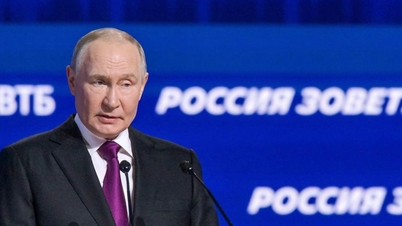

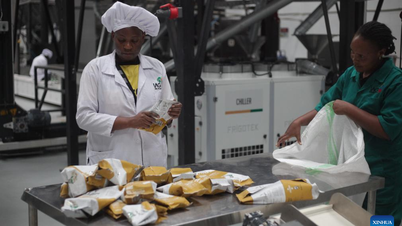

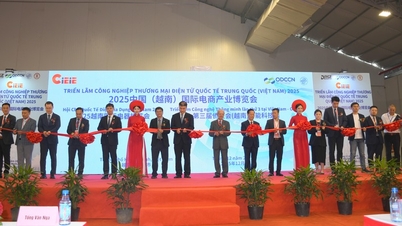

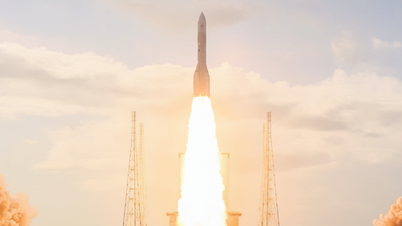
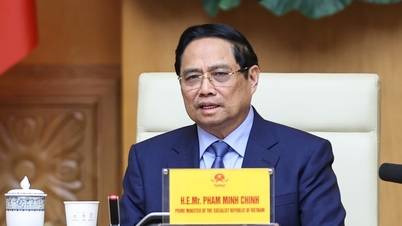
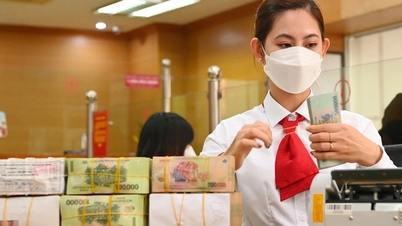

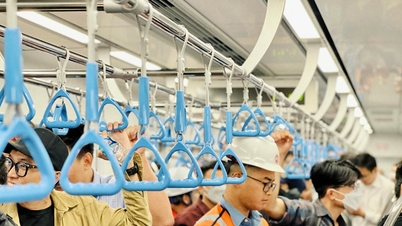

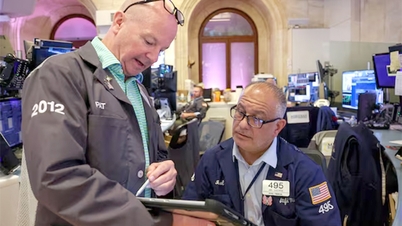

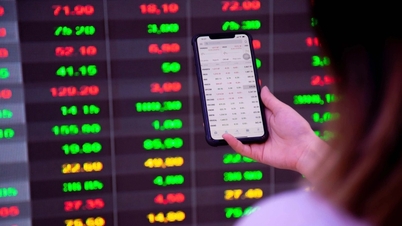













![[Photo] Parade to celebrate the 50th anniversary of Laos' National Day](/_next/image?url=https%3A%2F%2Fvphoto.vietnam.vn%2Fthumb%2F1200x675%2Fvietnam%2Fresource%2FIMAGE%2F2025%2F12%2F02%2F1764691918289_ndo_br_0-jpg.webp&w=3840&q=75)




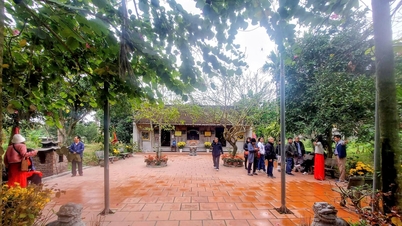














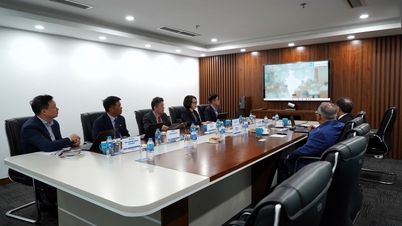




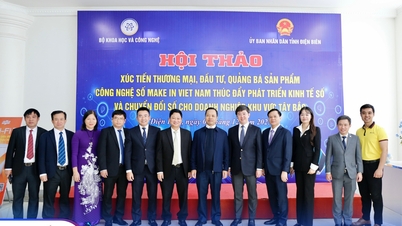
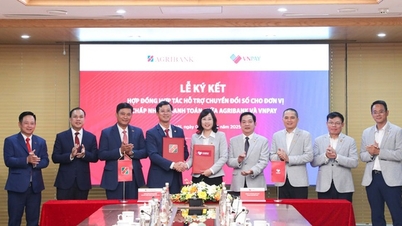








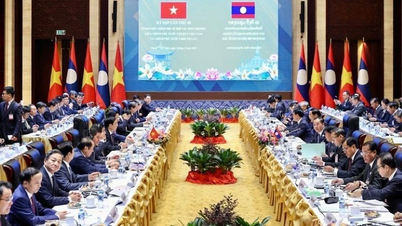












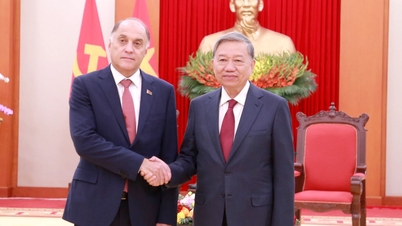
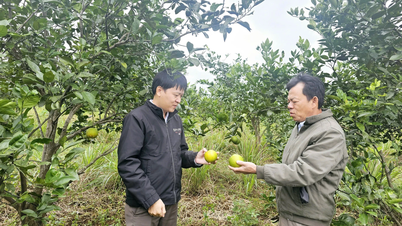





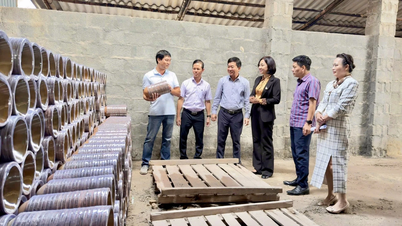


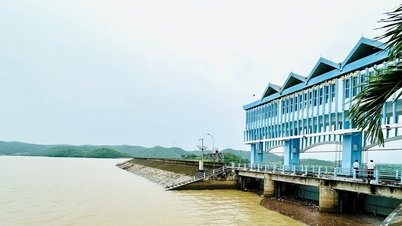













Comment (0)